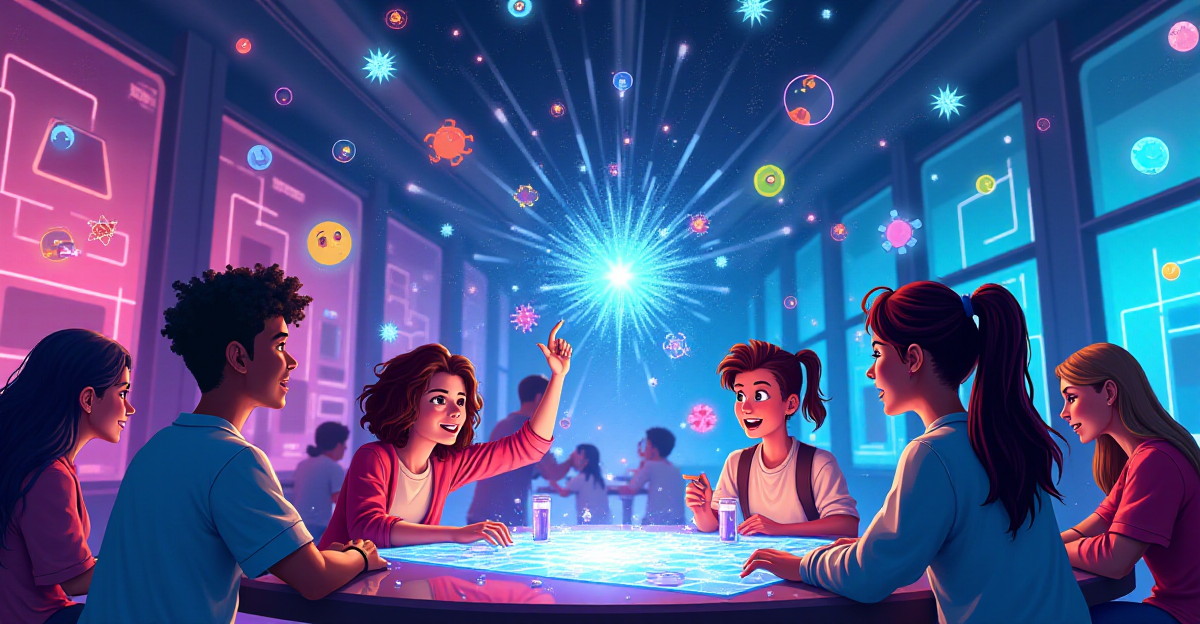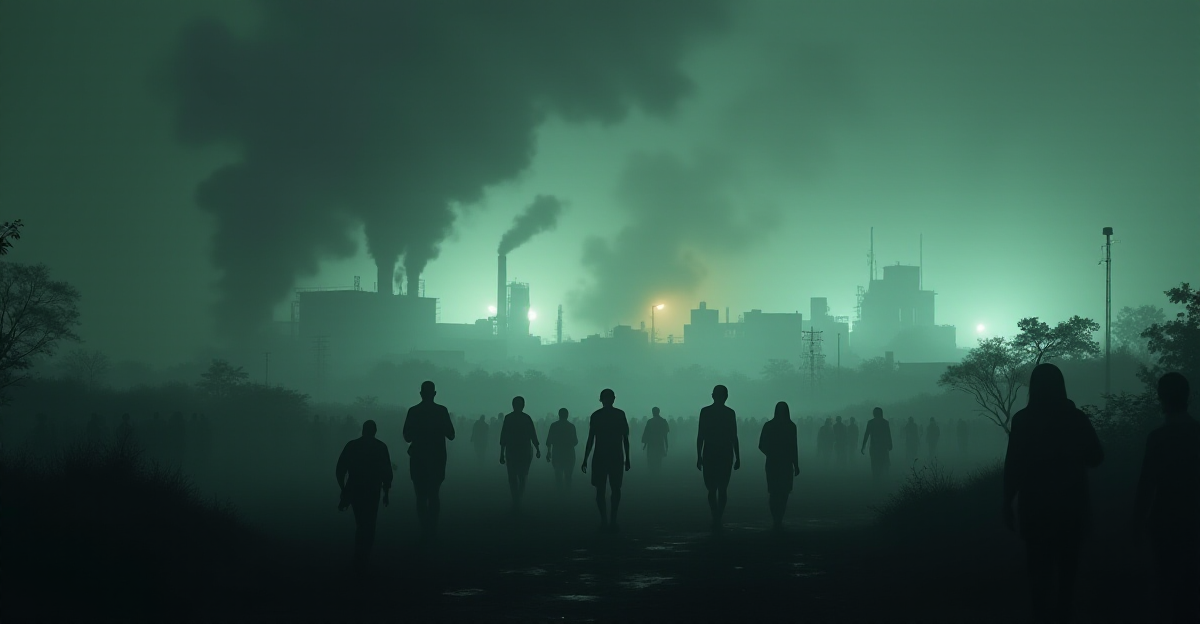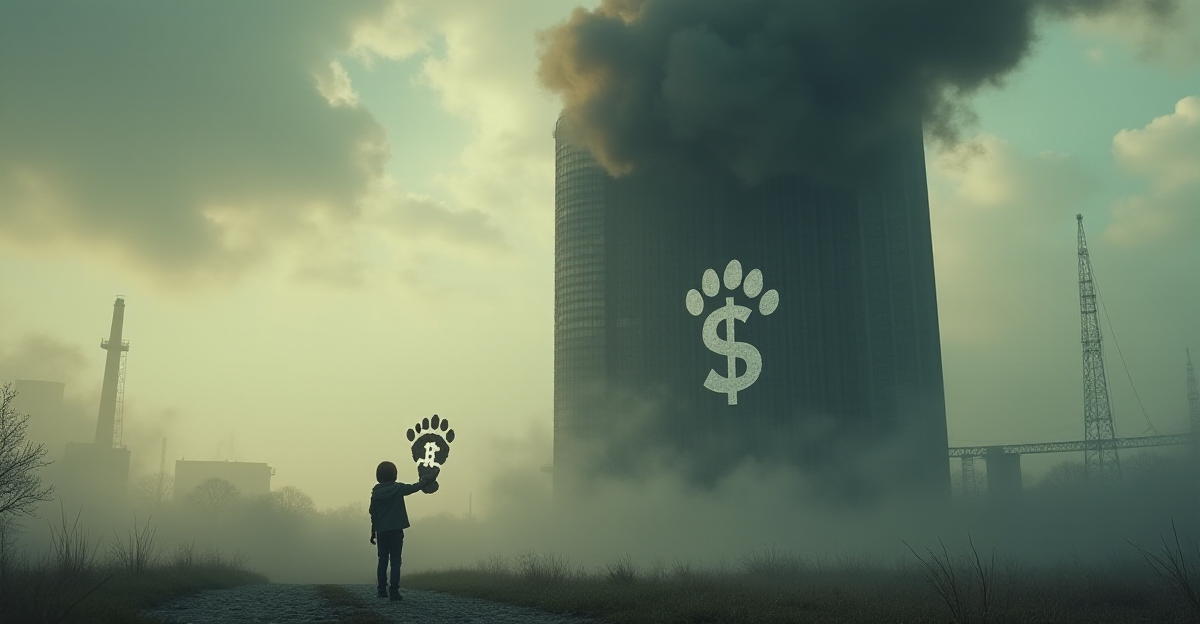Green Chemistry: Reducing Environmental Impact Through Sustainable Practices

Green chemistry seeks to provide methods and products that reduce the manufacture and use of dangerous chemicals. The ideas of green chemistry and practical uses driving a more sustainable future will be discussed in this paper. What Is Green Chemistry? Have you ever given any thought regarding how the substances we employ affect our earth? ...
Read MoreUnderstanding Cognitive Bias in Scientific Research

Scientific study can be influenced by cognitive biases, therefore producing distorted findings and interpretations. Various forms of cognitive biases will be discussed in this paper together with how they influence research and what researchers are doing to minimize them. What Is Cognitive Bias? Even when you are shown data contradicting your beliefs, have you ever ...
Read MoreCould Plastic-Eating Bacteria Save Our Oceans?

Hope for the fight against plastic pollution comes from the discovery by scientists of bacteria able to break down plastics. The working mechanisms of these microorganisms will be discussed together with the possible effects on the surroundings of this discovery. What Are Plastic-Eating Bacteria? Every minute, the equivalent of a waste truck loaded with plastic ...
Read MoreHow Gamification Can Revolutionize Science Learning for Students

Gamification of scientific education helps pupils find enjoyment and simplicity in difficult subjects. I will discuss in this post how I have utilized games in the classroom to teach difficult topics such physics and chemistry, and how these resources support understanding and enthusiasm for learning. What is Gamification in Science? Have you ever battled to ...
Read MoreHow to Overcome Procrastination: Strategies That Work

One of the common battles I have had is procrastinating; I have usually confused it for laziness. But after I discovered the psychological and biological elements influencing this behavior, I came to see how complicated it is really. This article explores the reasons behind procrastination, including how our brain is set for short-term rewards and ...
Read MoreBhopal Disaster: The Tragedy That Shook the World

Though it is among the deadliest industrial mishaps in the world, the Bhopal tragedy usually gets less attention than events like Chernobyl. This page clarifies the terrible events that happened on that sad night when a poisonous gas leak caused thousands of deaths and long-term medical problems. It looks at the carelessness prior to the ...
Read MoreWhy Blue is Rare in Nature: Exploring the Science and Evolution Behind the Color

Why blue is rare in nature? Both history and scientists have always found great fascination for the color. By means of historical research and scientific investigation, we expose the reasons for the uncommon mention of blue in ancient books, the difficulty in the formation of blue in living entities, and the part pigments and light ...
Read MoreHow the Corporate Carbon Footprint is Shifting the Climate Change Blame to Individuals

The idea of corporate carbon footprint is sometimes used to distort the accountability for climate change from large companies to people. Through clever advertising strategies that burden the customer, companies like BP have popularized the term while businesses also disproportionately contribute to world emissions. This paper explores the reasons behind the carbon footprint idea, how ...
Read MoreMonkeypox Resurgence: Understanding Transmission, Symptoms, and Global Response

Given the comeback of the monkeypox virus recently, it’s important to keep updated on its symptoms and mode of transmission. The worldwide reaction—including the WHO’s emergency declaration—as well as historical analogies to earlier pandemics are discussed in this paper. Being a smallpox-related virus, monkeypox spreads by direct contact with sick people and animals. Managing this ...
Read More










